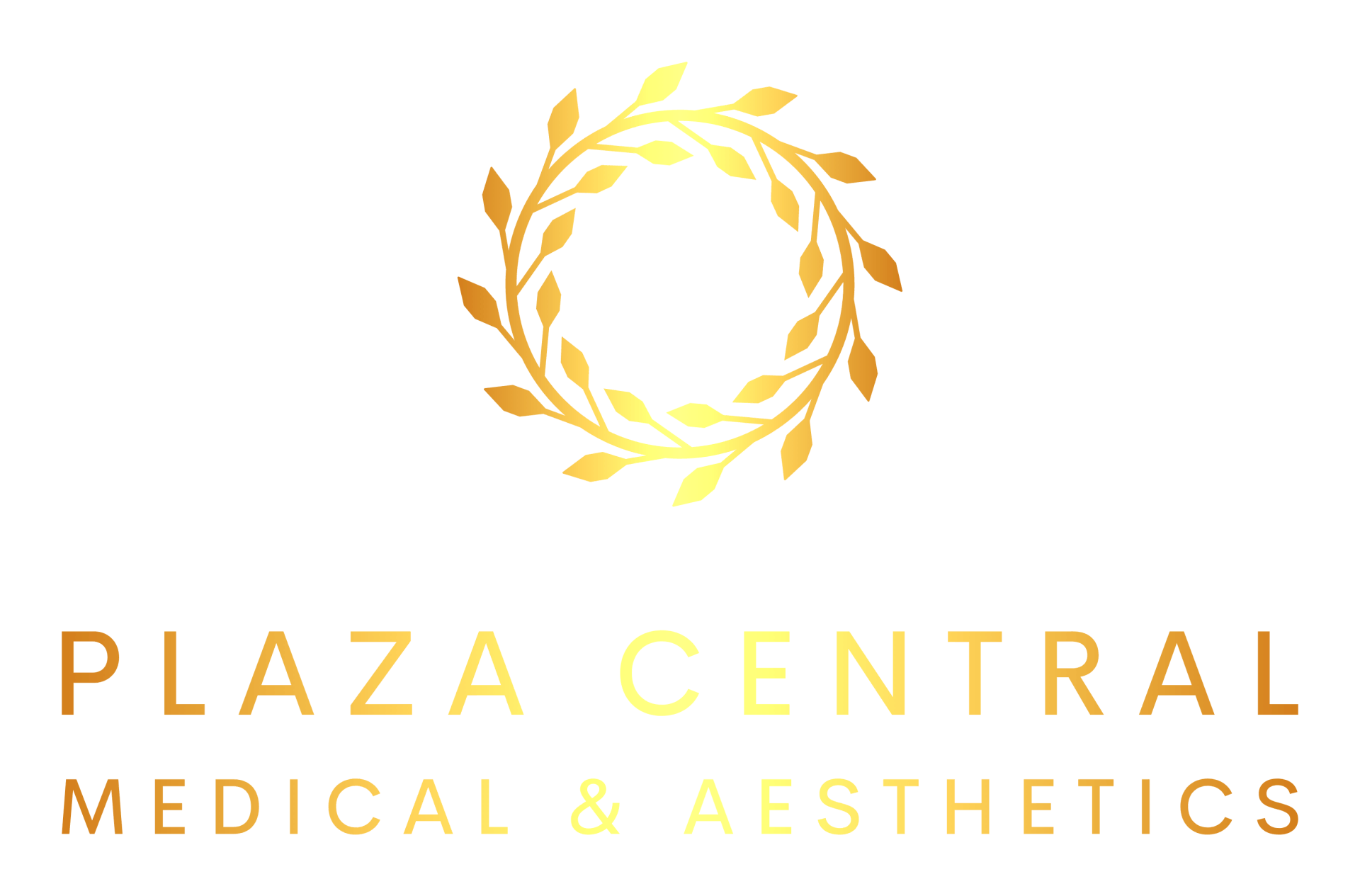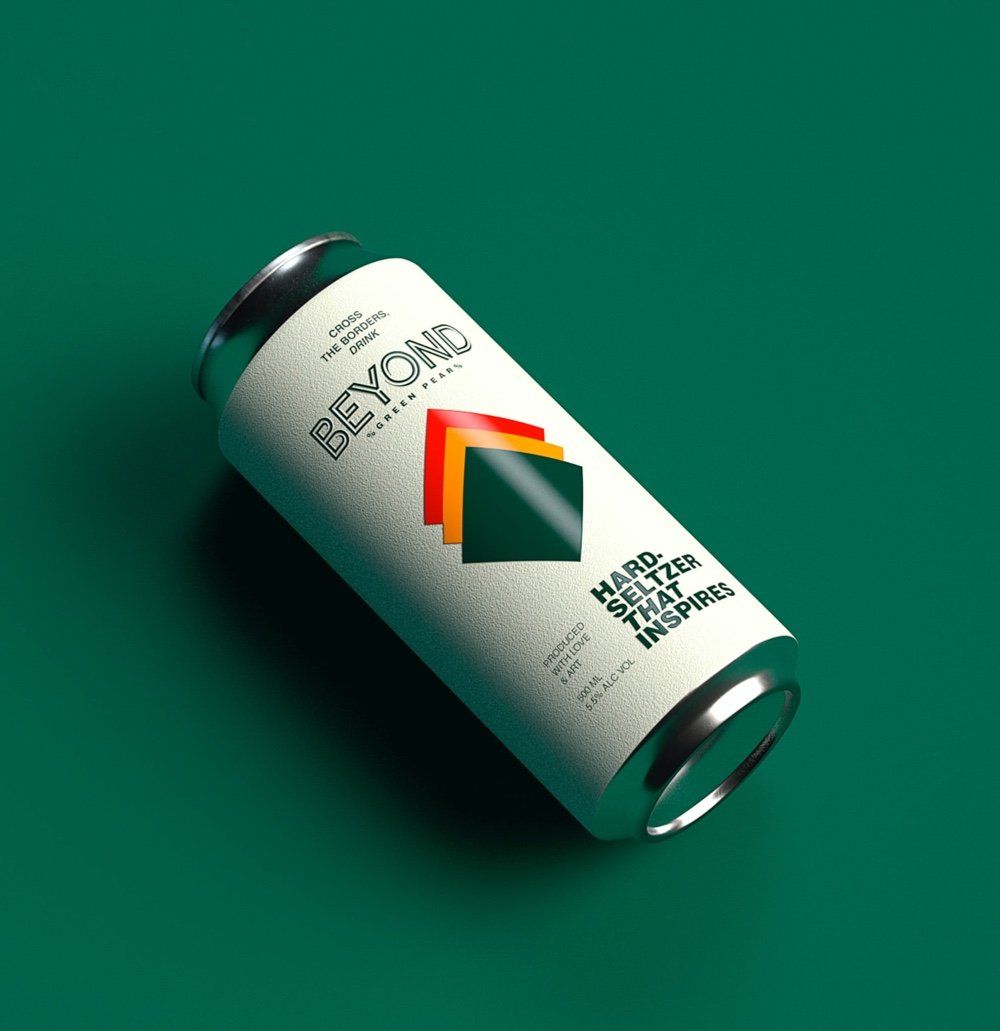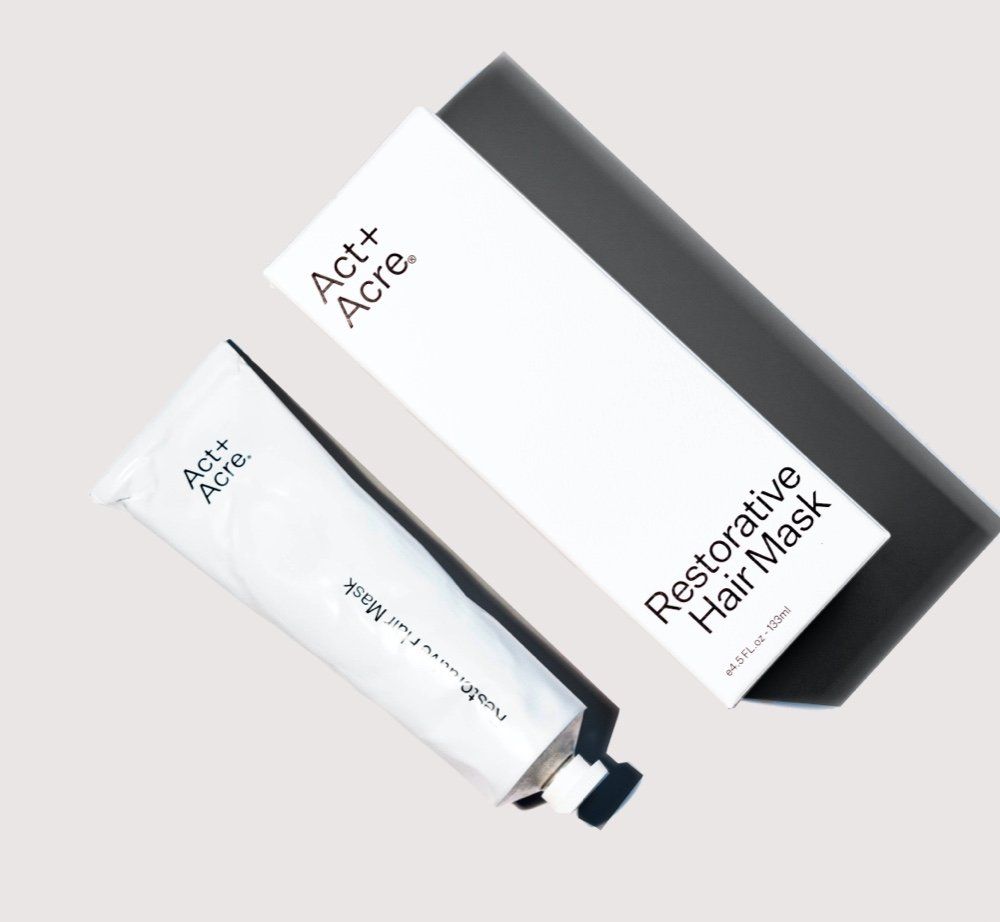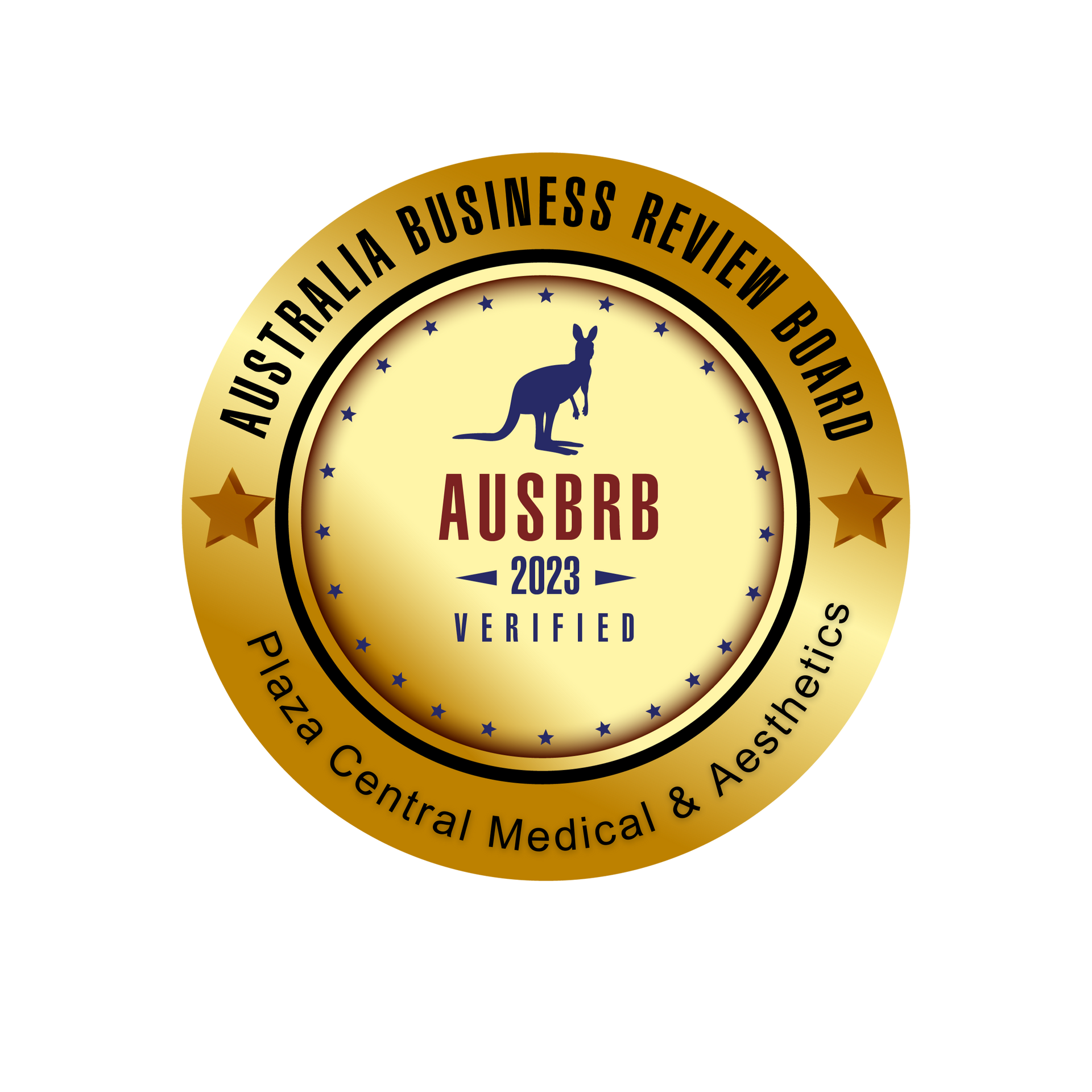
Email: reception@plazacentralmedical.com.au
Phone : 07 5343 7660
Fax : 07 5343 7667
What are wrinkles?
Wrinkles are lines, creases, or folds that form on the skin due to changes in its structure and elasticity.
They are a natural part of the aging process but can also be influenced by environmental and lifestyle factors.
How Wrinkles form
Wrinkles form due to aging, environmental factors, and lifestyle choices. As we age, the skin produces less collagen and elastin, essential proteins that keep it firm and elastic. This leads to a loss of skin structure and the development of lines and creases. Environmental factors like sun exposure and pollution accelerate this process by breaking down collagen and causing oxidative stress. Repeated facial expressions, such as smiling or frowning, create dynamic wrinkles that can become permanent over time. Additionally, lifestyle habits like smoking, poor diet, and inadequate hydration further compromise the skin’s ability to repair itself, resulting in deeper, more visible wrinkles.
What age do we start getting wrinkles on our body?
People typically start developing wrinkles in their late 20s to early 30s, though this can vary depending on genetics, lifestyle, and environmental factors. Fine lines, especially around the eyes (crow’s feet) and forehead, may appear first due to facial expressions and a natural decline in collagen and elastin production. External factors like sun exposure, smoking, and stress can accelerate wrinkle formation, making them more noticeable at a younger age. Consistent skincare, sun protection, and a healthy lifestyle can help delay the appearance of wrinkles.
Management and treatment
Wrinkles are part of your body’s aging process and they don’t need treatment. If you don’t like how wrinkles look on your skin, you can talk to your healthcare provider
The Secret to a Youthful Look: Cosmetic Treatments Explained
As we age, maintaining smooth and youthful skin becomes a common goal for many individuals. Cosmetic treatments have emerged as a popular and effective way to refresh your appearance by targeting fine lines and restoring a more vibrant complexion. In this blog, we’ll explore how these treatments work, their benefits, and what you can expect during the process.
Aftercare and Results
Results typically become visible within a few days and last for several months. Following post-treatment advice—such as avoiding rubbing the treated area or engaging in strenuous exercise for a short period—helps maintain optimal results.
What to Expect During the Procedure
Before the treatment, a consultation with a qualified healthcare practitioner will determine the best approach based on your goals. The procedure involves a series of small applications to targeted facial areas. Most patients describe the sensation as a slight pinch. There’s minimal downtime, allowing you to return to your daily routine almost immediately.
Is It Right for You?
Cosmetic treatments are suitable for adults looking to reduce the appearance of facial creases or prevent new ones from forming. Consulting a licensed healthcare practitioner ensures a customized treatment plan tailored to your unique facial features and aesthetic goals.
Ready to Refresh Your Look? If you’re interested in achieving a smoother, more youthful appearance, consult with experienced professionals to learn how cosmetic treatments can help you look and feel your best. With the right care, you can enjoy long-lasting, natural-looking results that enhance your confidence and overall appearance.
What Are Cosmetic Treatments?
Cosmetic treatments are non-surgical procedures designed to relax facial muscles or restore lost volume, giving the skin a smoother and more rejuvenated appearance. They are commonly used on areas prone to creasing due to facial expressions, such as the forehead, around the eyes, and between the eyebrows.
How They Work
These treatments use a prescription-only medication that temporarily relaxes targeted muscles, preventing them from contracting and causing creases. By minimizing repetitive muscle activity, the skin has a chance to appear smoother and more refreshed. This approach is highly effective for reducing the visibility of expression-related creases.
The Benefits
- Quick and Minimally Invasive: Treatments typically take 15-30 minutes with minimal discomfort.
- Natural-Looking Results: When administered by qualified healthcare professionals, the results are subtle and maintain a natural look.
- Preventative Care: Starting treatments early can delay the development of deeper facial lines over time.
- Boosted Confidence: A smoother, more youthful appearance can enhance self-esteem and confidence.
Mandatory Assessments in Australia
In Australia, healthcare professionals must follow strict guidelines before administering cosmetic treatments. These assessments ensure safety, suitability, and compliance with national standards:
- Comprehensive Medical History: Practitioners assess your medical history, including any underlying conditions, medications, and allergies.
- Facial Analysis: A detailed facial assessment identifies areas of concern and determines appropriate treatment options.
- Informed Consent: Practitioners must provide detailed explanations of the procedure, potential risks, and expected outcomes before obtaining written consent.
- Pre-Treatment Photography: Photographs are taken to document the facial appearance before the treatment for reference and monitoring progress.
- Suitability Check: Practitioners evaluate whether the treatment is appropriate based on your aesthetic goals, health condition, and realistic expectations.
Related Projects
Project 1
For this project, the challenge was in rebranding an established product to attract new audiences, while ensuring that current users feel connected. The results were outstanding.
Project 2
For this project, the challenge was in rebranding an established product to attract new audiences, while ensuring that current users feel connected. The results were outstanding.
Project 3
For this project, the challenge was in rebranding an established product to attract new audiences, while ensuring that current users feel connected. The results were outstanding.
Business Hours
- Monday
- -
- Tuesday
- -
- Wednesday
- -
- Thursday
- -
- Friday
- -
- Saturday
- -
- Sunday
- Closed
Non Urgent Care Outside Normal Opening Hours Arrangements
For care outside of our practices normal opening hours, please call Hello Home Doctor Service on 134100 or book online at https://hellohomedoctor.com.au/
Contact Us (this section is not for the request of repeat scripts)
Contact Us
Thank you for contacting us.
We will get back to you as soon as possible
Please try again later
All Rights Reserved | PLAZA CENTRAL MEDICAL & AESTHETICS
Please read our privacy policy here
The team at Plaza Central Medical & Aesthetics, Maroochydore acknowledges the traditional owners of the land on which we practice medicine today, the Gubbi Gubbi Kabbi Kabbi people. We acknowledge them for being Australia's first doctors and for taking care of the land so that we may now take care of you.

At Plaza Central Medical and Aesthetics we are dedicated to providing inclusive care that respects the diverse backgrounds and identities of all individuals.







